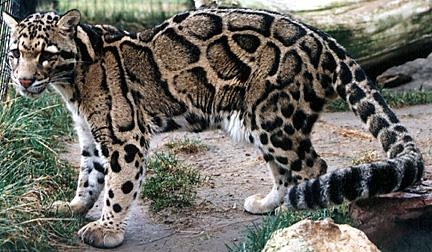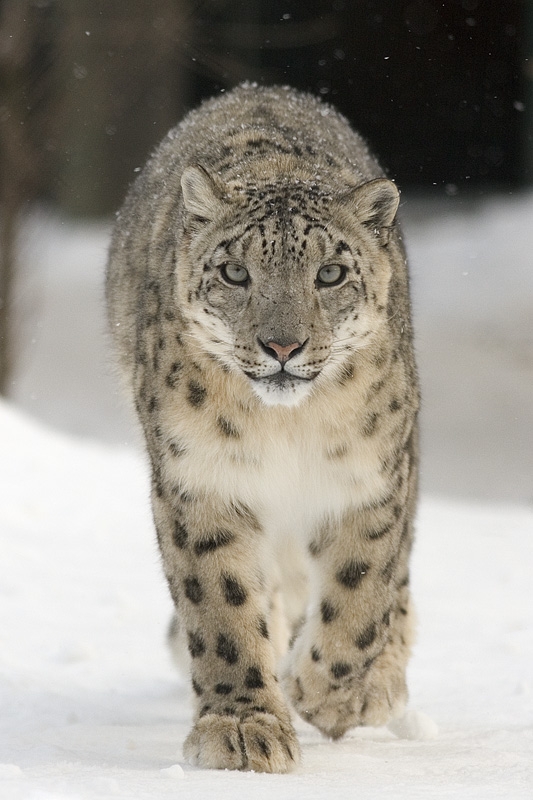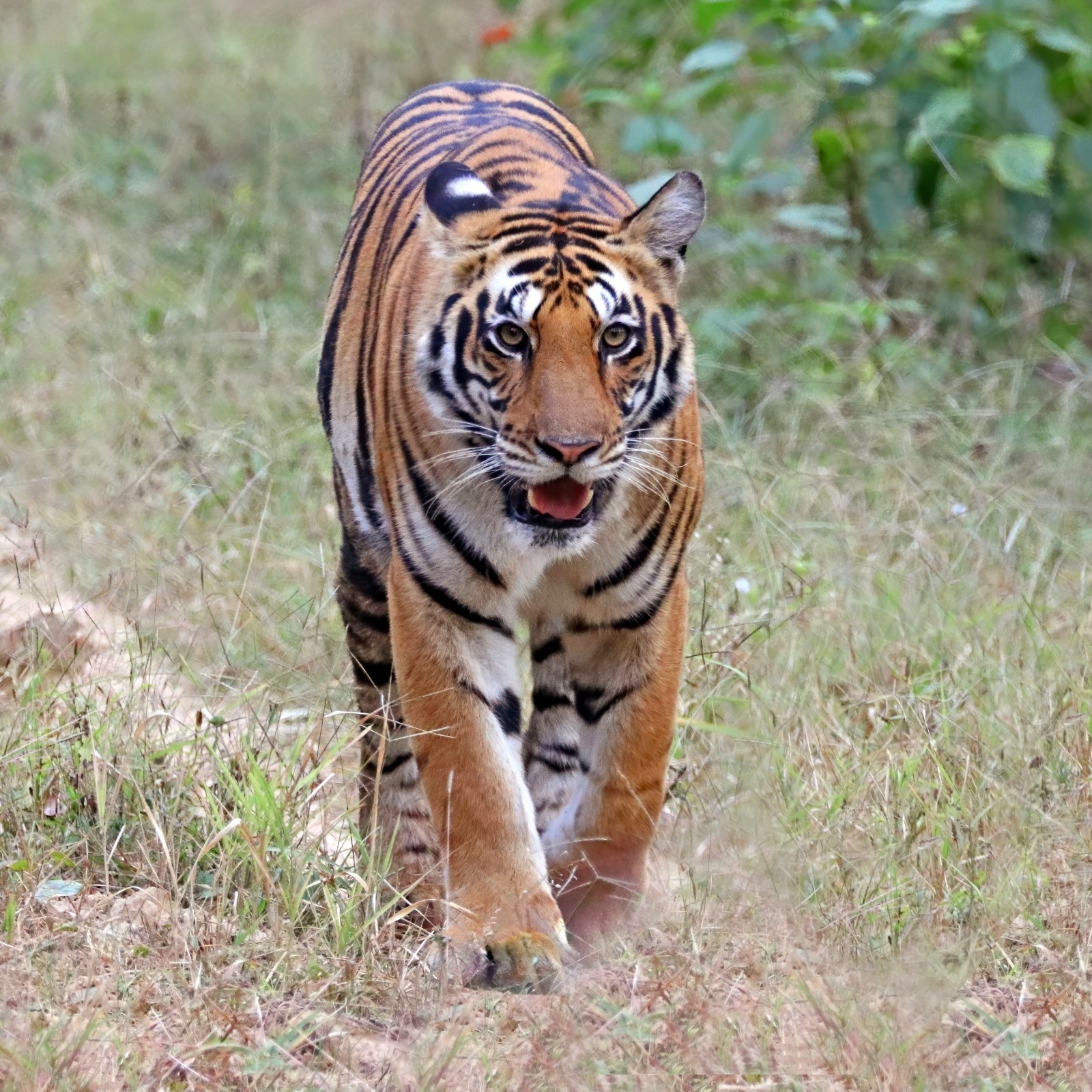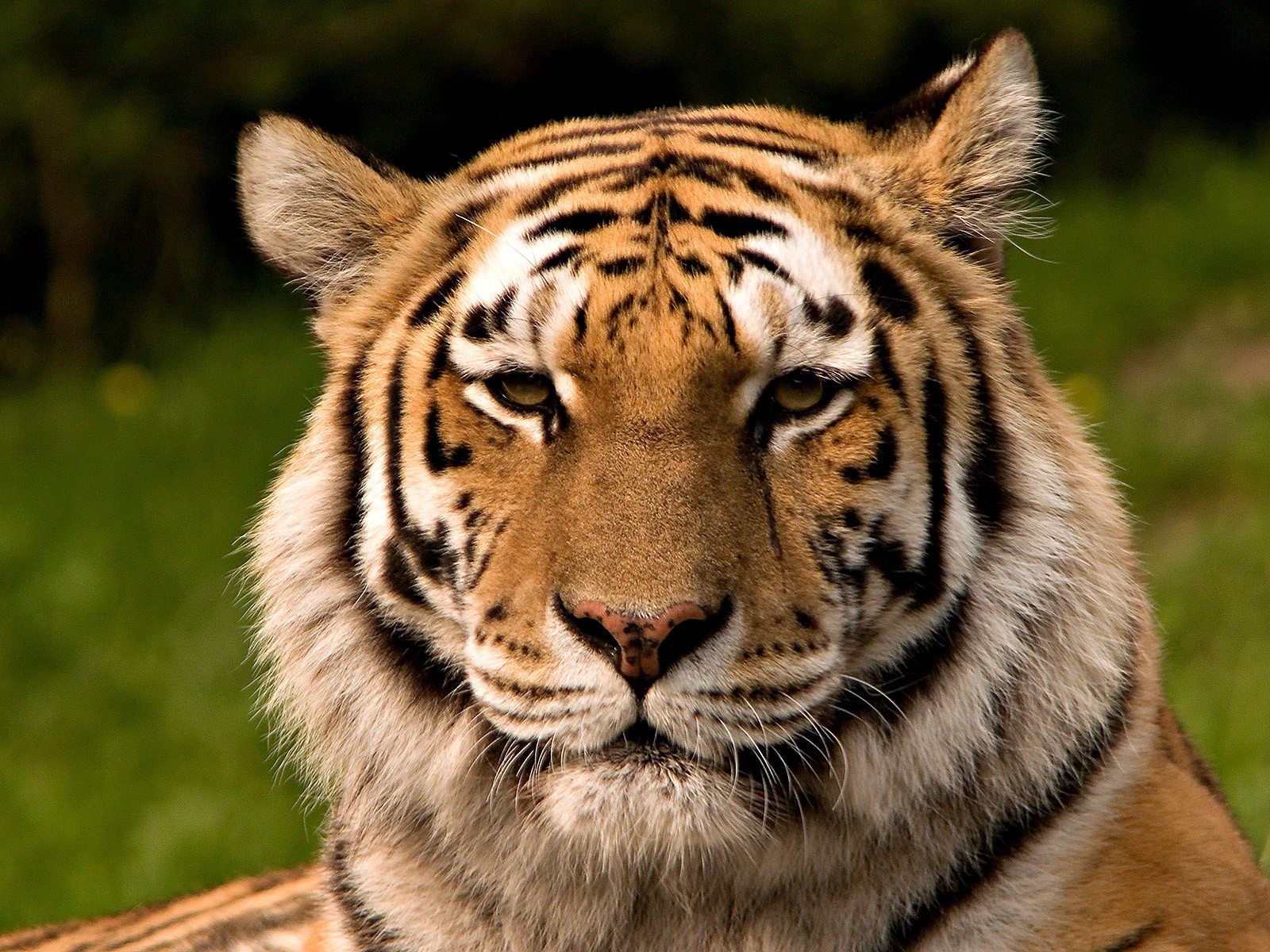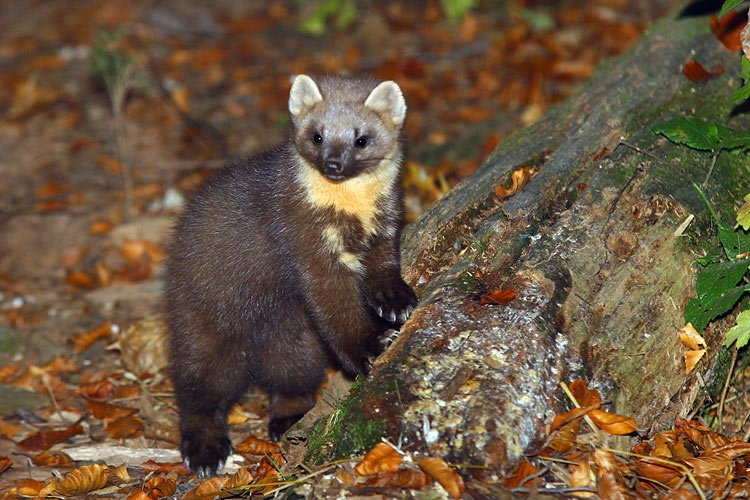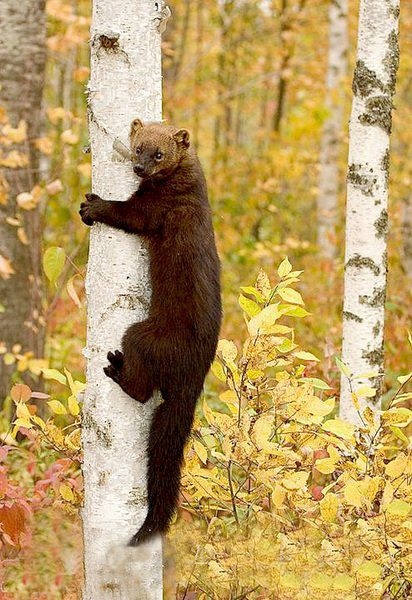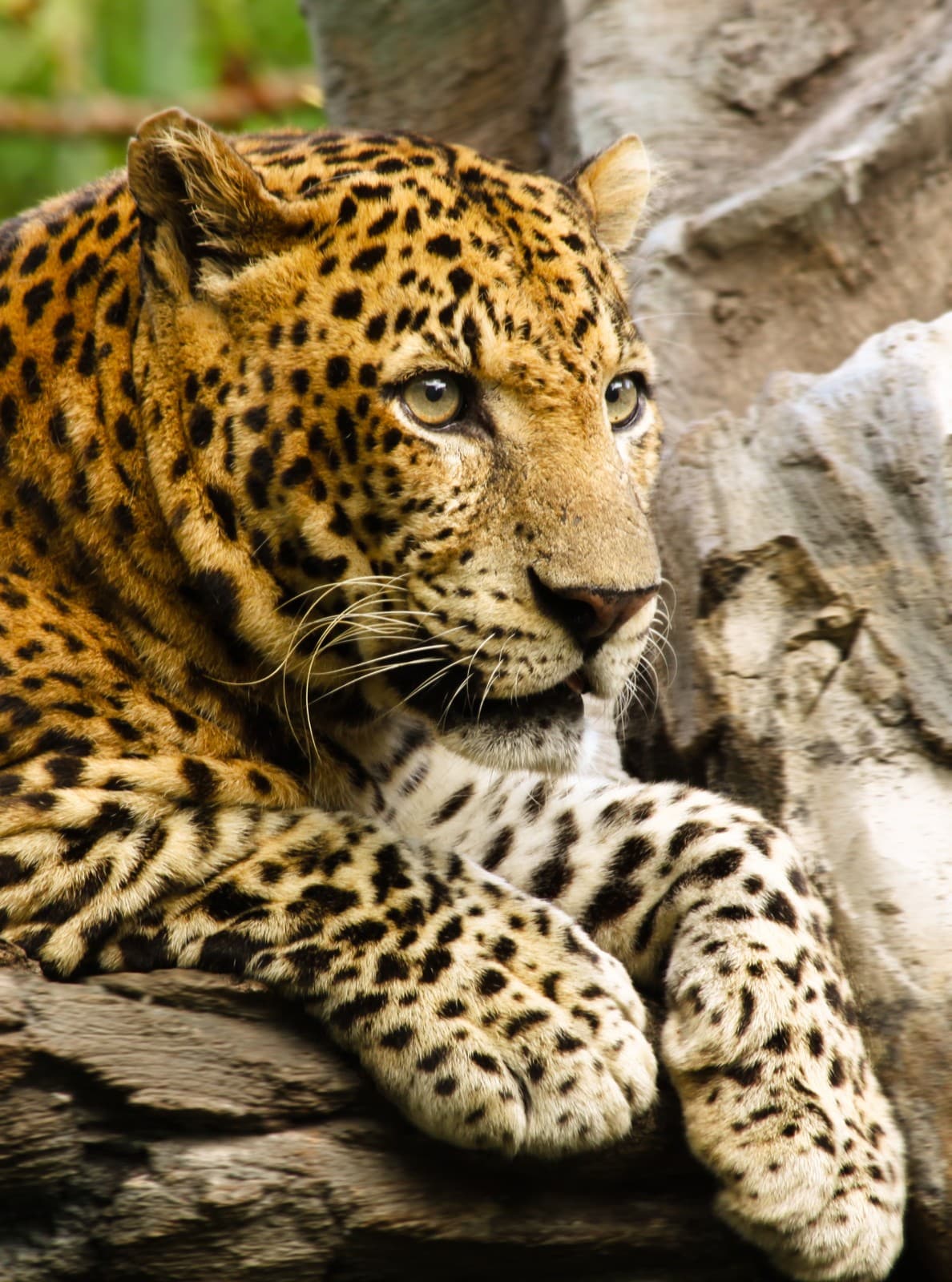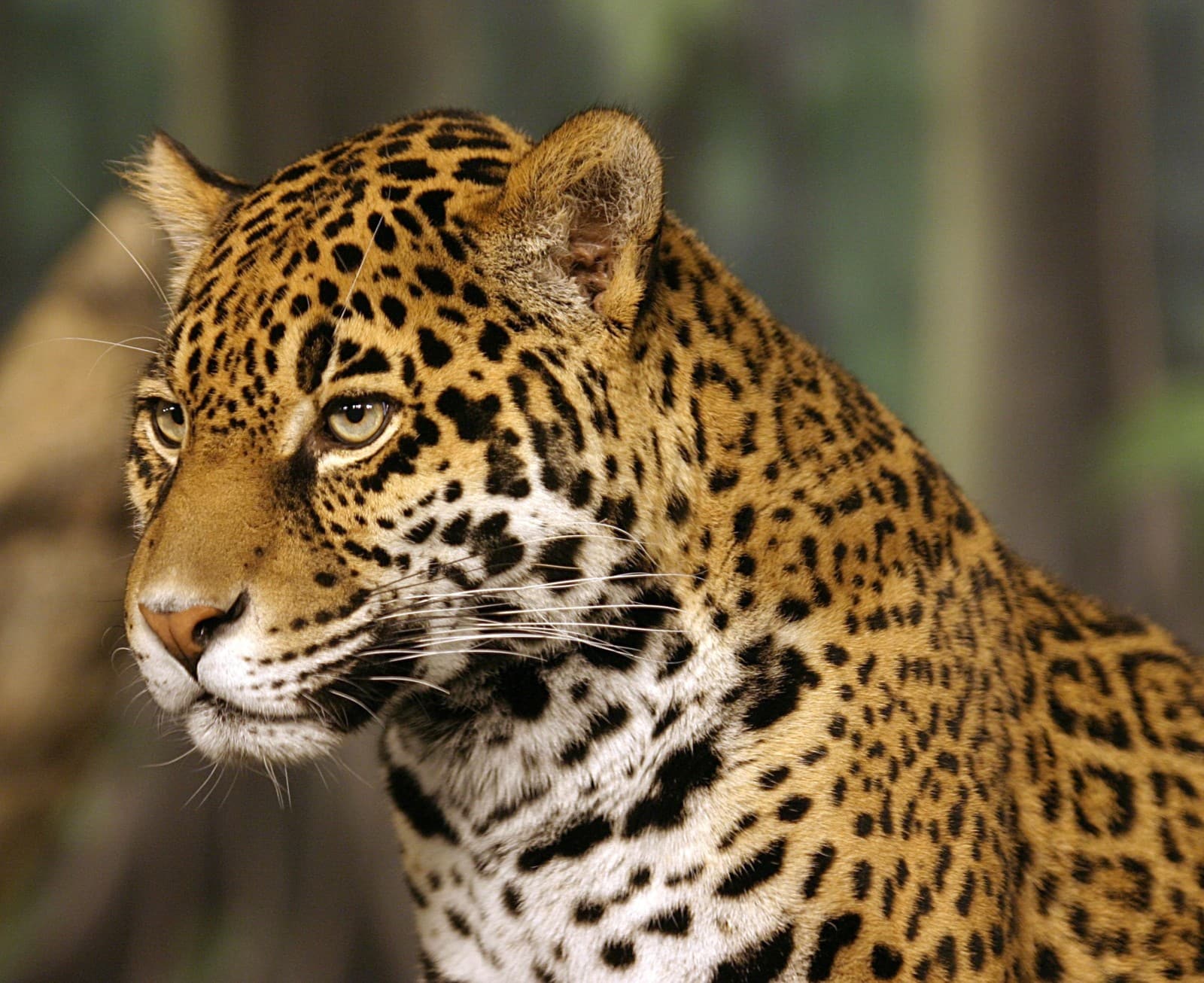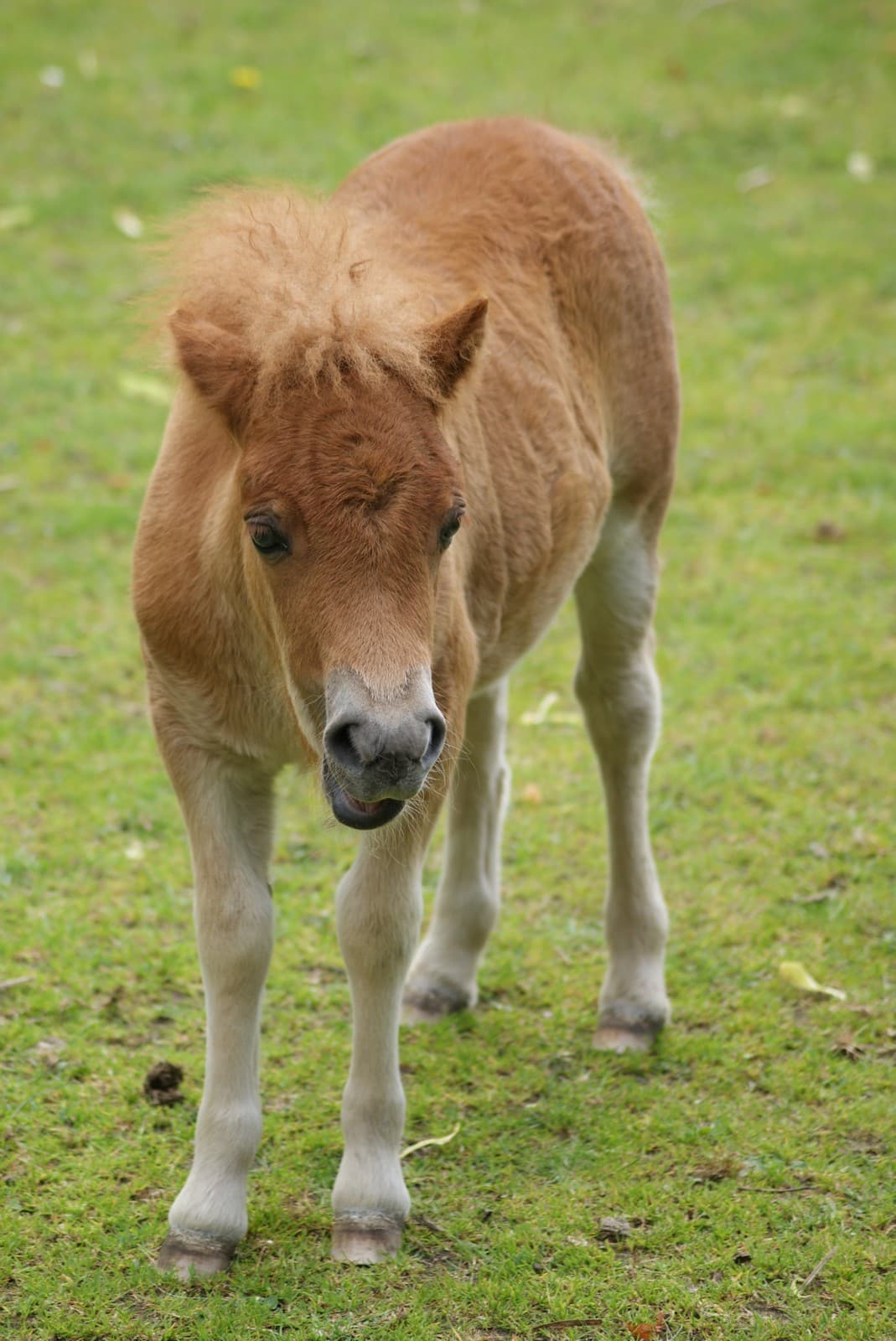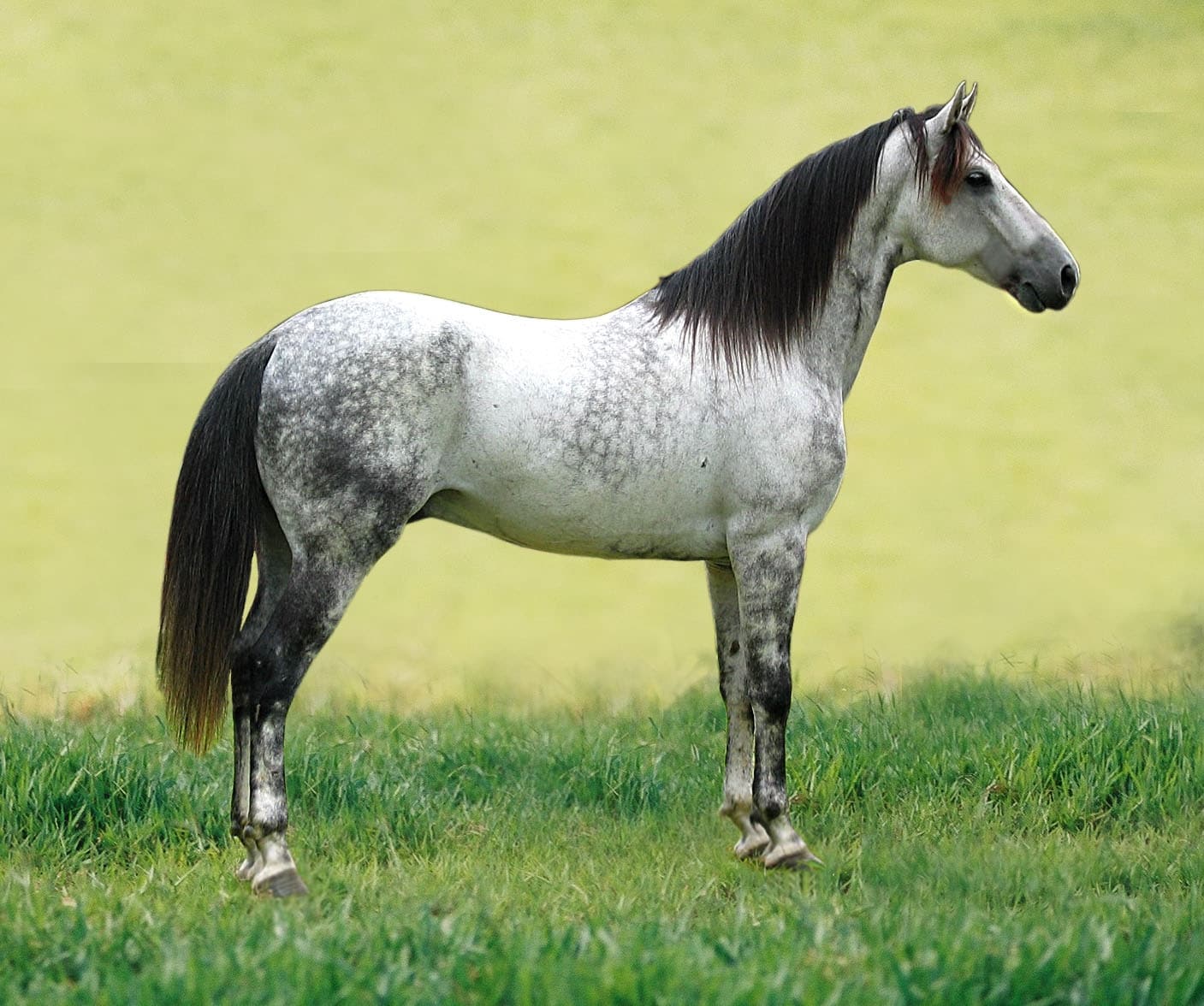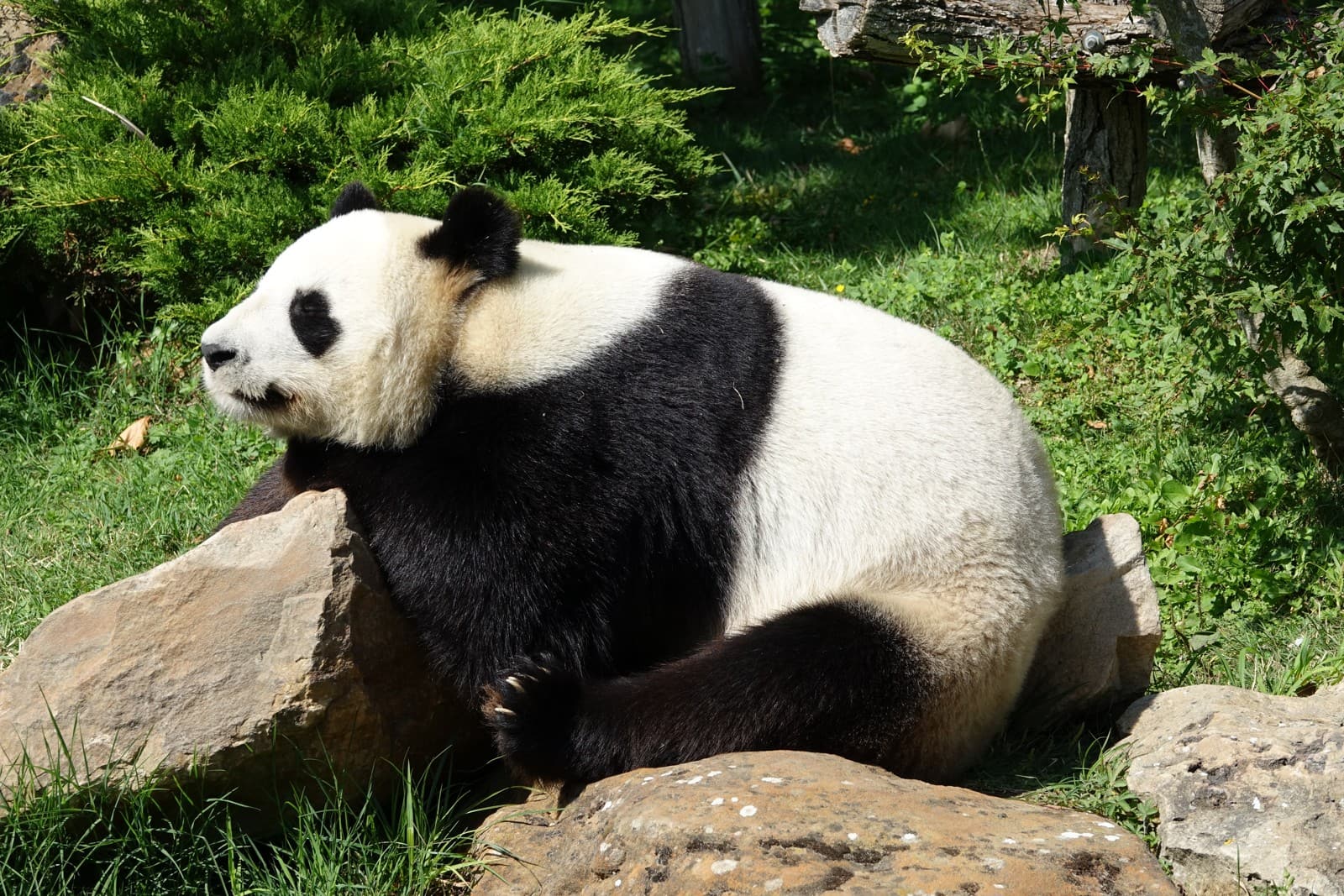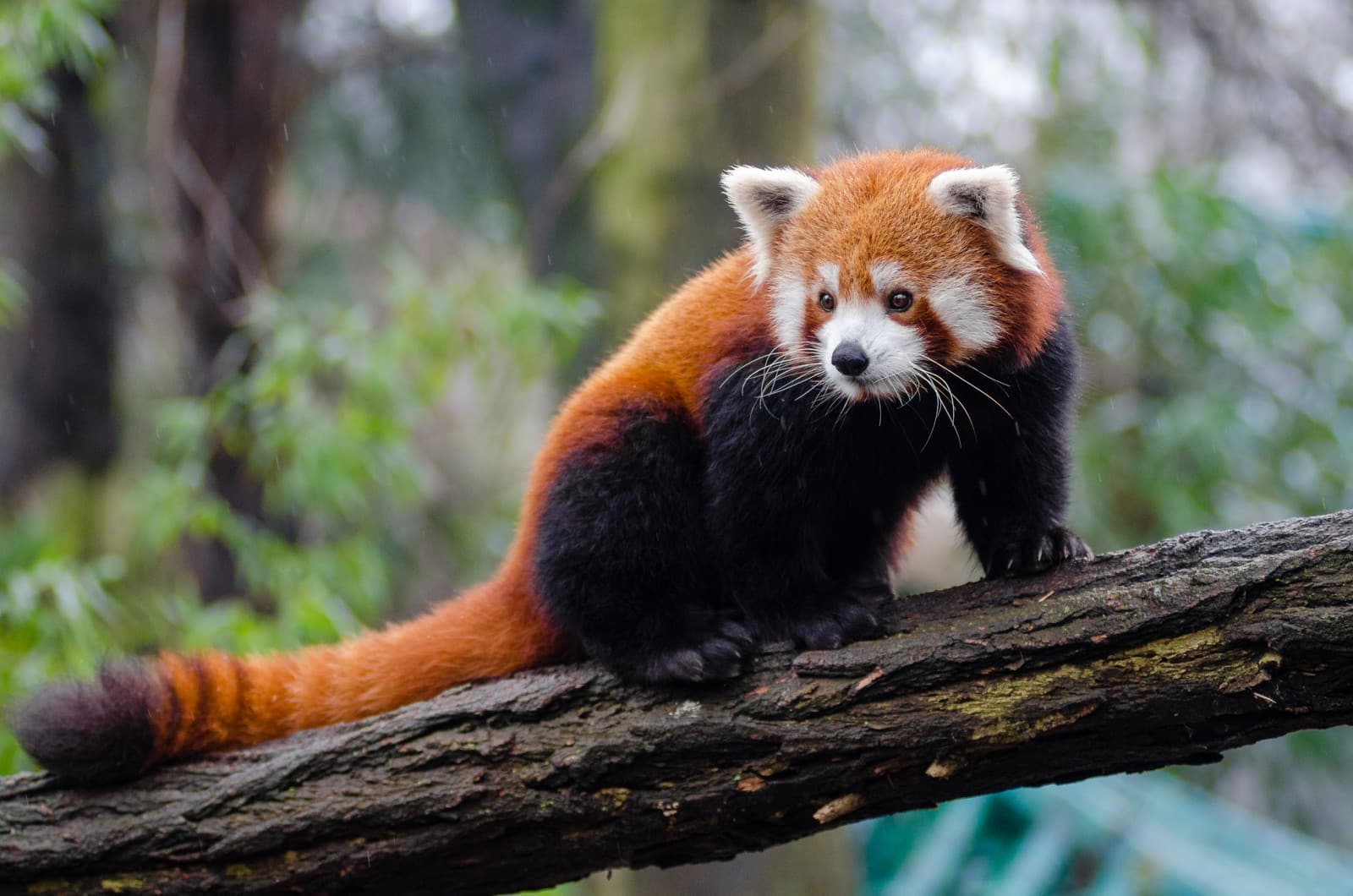Snow Leopard vs Siberian Tiger: A Complete Comparison
When comparing the Snow Leopard vs Siberian Tiger, we’re examining two of Asia’s most remarkable big cats, each perfectly adapted to their extreme environments. The Siberian Tiger stands as the larger and more powerful of the two, weighing up to 660 pounds (300 kg), while the Snow Leopard typically reaches only 165 pounds (75 kg) at maximum.
These magnificent predators have evolved distinct characteristics shaped by their habitats. Snow Leopards thrive in high-altitude mountain environments up to 19,700 feet (6,000 meters), featuring unique adaptations like extra-large paws and exceptionally long tails. Siberian Tigers, meanwhile, dominate the temperate broadleaf and mixed forests of the Russian Far East, where their striped coats provide crucial camouflage.
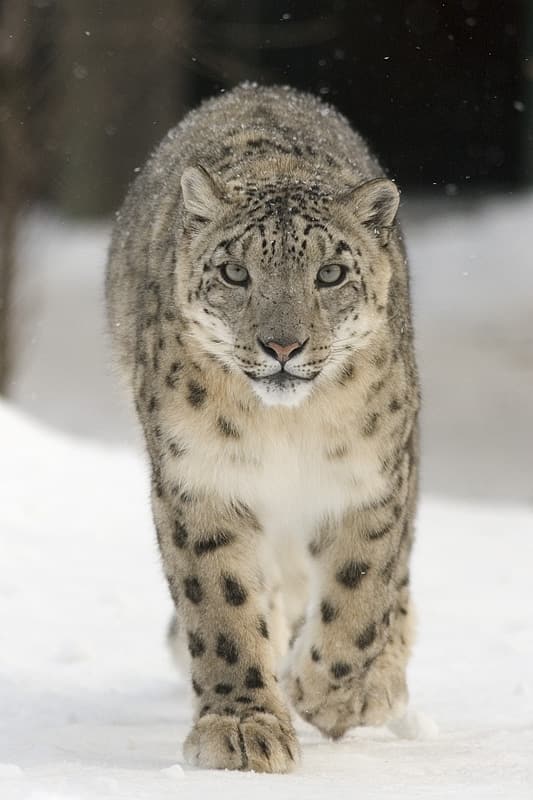
© Bernard Landgraf / CC BY-SA 3.0
The Snow Leopard, often called the “Ghost of the Mountains,” showcases nature’s perfect design for high-altitude survival. Its distinctive pale gray coat with black rosettes provides exceptional camouflage among rocky, snow-covered terrain.
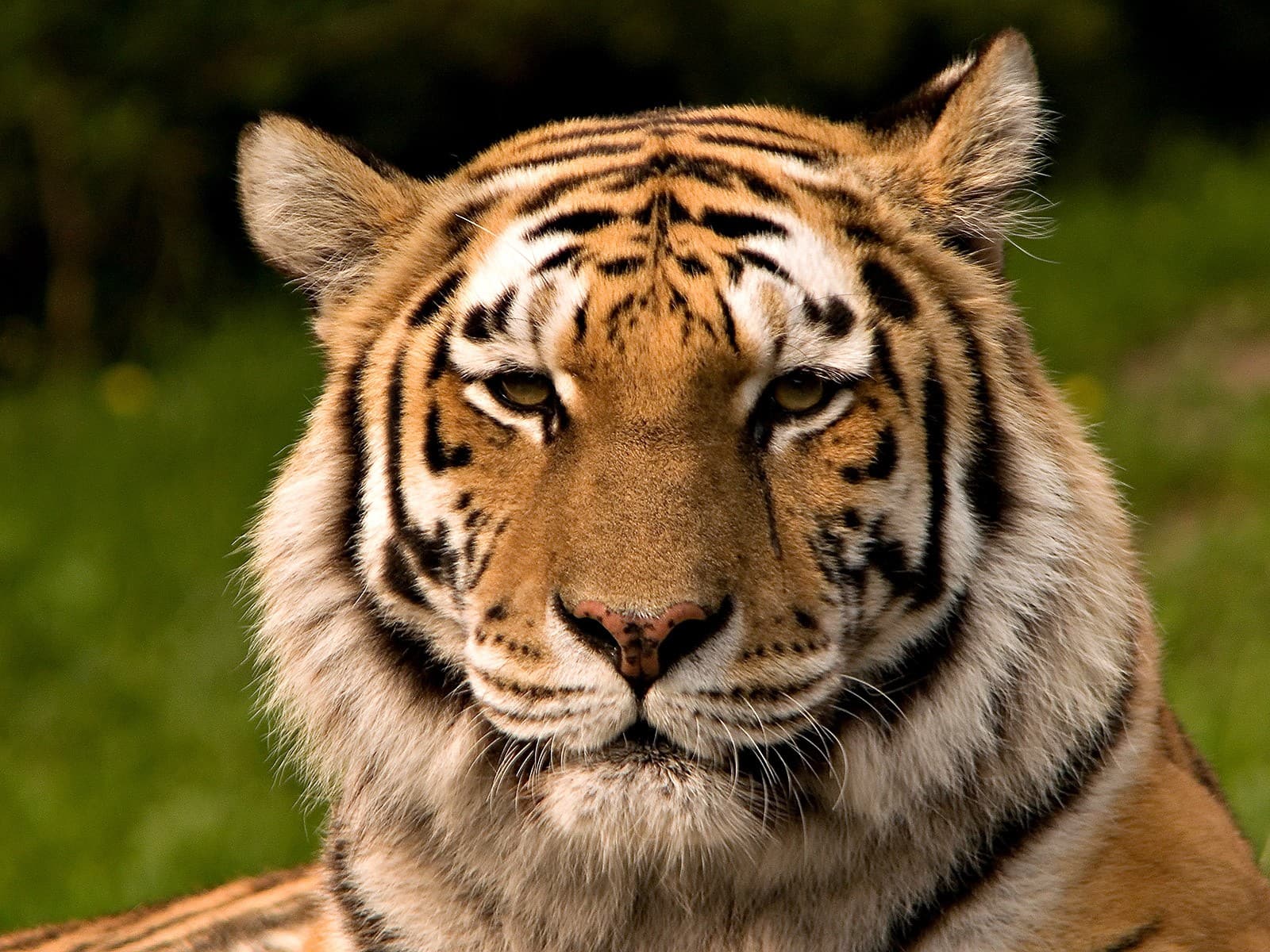
© S. Taheri, edited by Fir0002 / CC BY-SA 2.5
The Siberian Tiger, largest of all wild cats, demonstrates raw power and majesty. Its distinctive orange coat with black stripes enables perfect concealment in the dappled light of temperate forests.
Key Differences: Snow Leopard vs Siberian Tiger
| Feature | Snow Leopard | Siberian Tiger |
|---|---|---|
| Weight | 60-165 lbs (27-75 kg) | 180-660 lbs (82-300 kg) |
| Habitat | High mountain ranges (3,000-6,000m) | Temperate forests (0-1,000m) |
| Tail Length | 31-39 inches (80-100 cm) | 24-36 inches (60-90 cm) |
| Prey Size | Primarily medium-sized prey | Large ungulates up to moose size |
| Social Behavior | Solitary, larger home ranges | Solitary, territorial |
| Cold Adaptation | Extremely cold-tolerant | Cold-tolerant with winter coat |
Habitat and Distribution
Snow Leopards inhabit the rugged mountain ranges of Central and South Asia, including the Himalayas, Hindu Kush, and Altai Mountains. Their territory spans across 12 countries, thriving in elevations between 9,800 and 19,700 feet (3,000-6,000 meters).
Siberian Tigers occupy a much different niche, primarily residing in the Russian Far East’s temperate broadleaf and mixed forests. Their range extends through parts of Russia’s Primorsky Krai and small pockets in northern China, typically at elevations below 3,300 feet (1,000 meters).
Hunting and Prey Preferences
Snow Leopard Hunting Strategy
- Ambush predator specializing in steep terrain
- Primary prey: blue sheep, ibex, and argali
- Can jump up to 50 feet (15 meters) horizontally
- Uses long tail for balance during mountain pursuits
Siberian Tiger Hunting Strategy
- Stalking predator in forest environments
- Primary prey: elk, wild boar, and deer
- Can take down prey up to 1,100 pounds (500 kg)
- Relies on strength and explosive speed
Conservation Status and Threats
Both species face significant conservation challenges, though their threats differ:
Snow Leopard Threats:
- Habitat fragmentation
- Conflict with livestock farmers
- Climate change affecting mountain ecosystems
- Estimated 4,000-6,500 remaining in the wild
Siberian Tiger Threats:
- Poaching for traditional medicine
- Habitat loss due to logging
- Human conflict
- Approximately 500-550 individuals remain in the wild
Physical Adaptations
Snow Leopards have evolved unique features for high-altitude survival:
- Extra-large nasal cavities for warming cold air
- Exceptionally long tail for balance
- Enlarged paws with fur padding for snow travel
- Dense fur with long guard hairs
Siberian Tigers show adaptations for severe winters:
- Longer, denser winter coat
- Thick layer of fat for insulation
- Larger size than other tiger subspecies
- Broader paws for snow movement
Who Would Win in a Confrontation?
While such encounters would never occur naturally due to different habitats, the Siberian Tiger’s significant size advantage (often three times heavier) and greater muscular power would give it a decisive advantage in any theoretical confrontation. However, it’s crucial to note that both species are specialized for their respective environments and avoid conflict whenever possible.
These magnificent cats represent nature’s incredible ability to adapt to extreme environments, each perfectly suited to their unique ecological niche. Their continued survival depends on our commitment to protecting their habitats and addressing human-wildlife conflicts.
